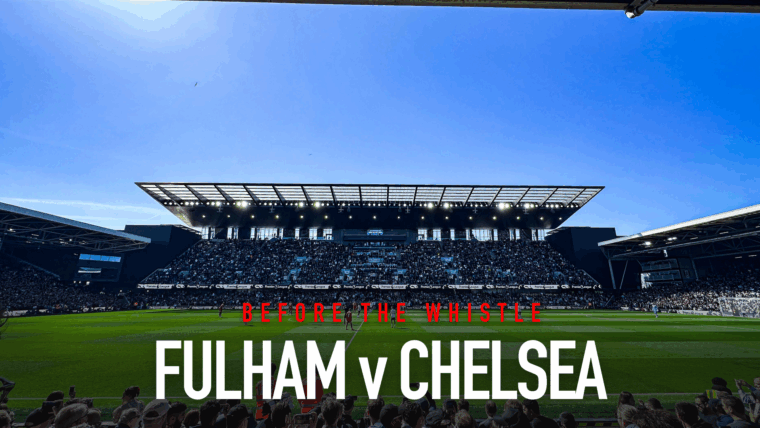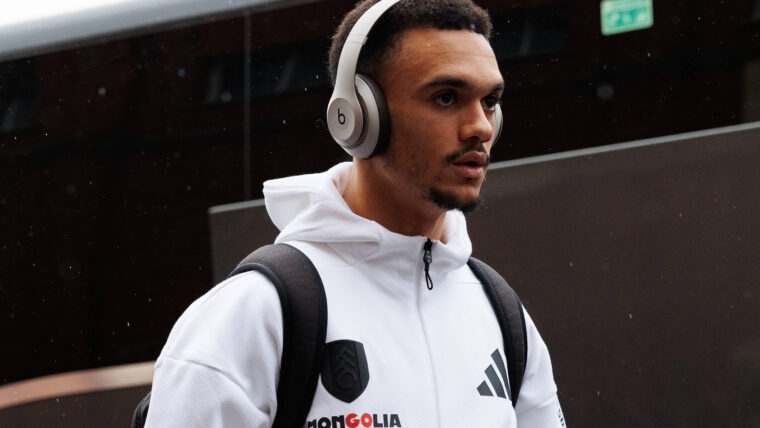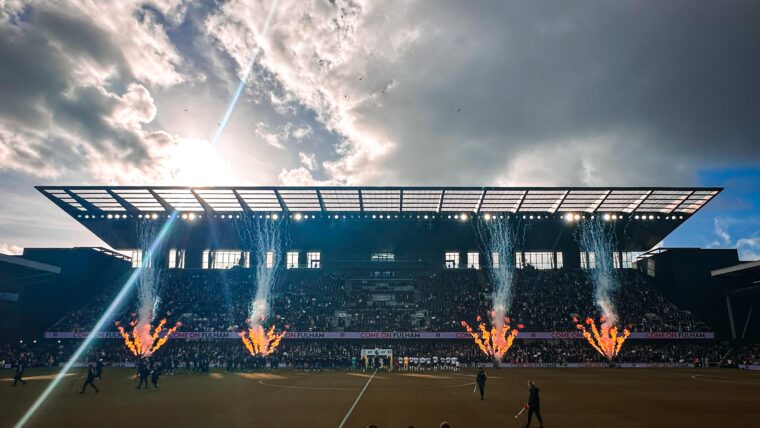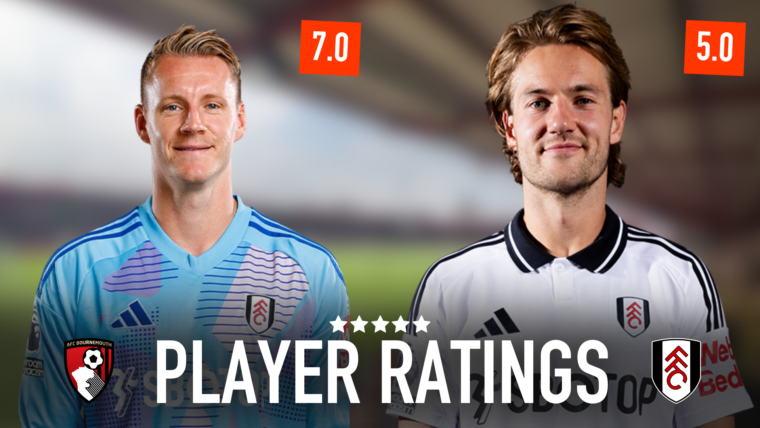What was behind our second half of the season resurgence?
Written by Josh Hallmark on 5th June 2024
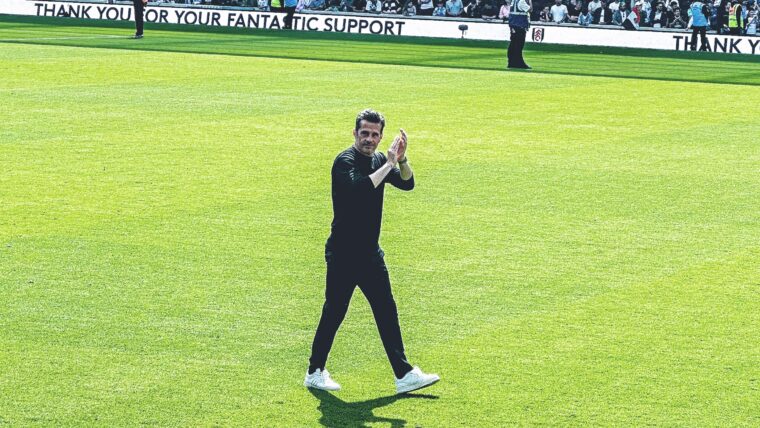
This season has certainly had its fair share of highs and lows. From reaching a semi-final to only taking one point off Burnley, inconsistency has been a key theme. Despite these fluctuations, Fulham fans can be satisfied in finishing 13th with a successful cup run. The recent post, made by the Premier League, shows the stark contrast between the first and second half of the season. In the first half, we languished in 14th, just six points off the relegation zone, while in the second half we gained momentum, sitting four places higher with four more points. So what were the reasons behind the uptick in performance?
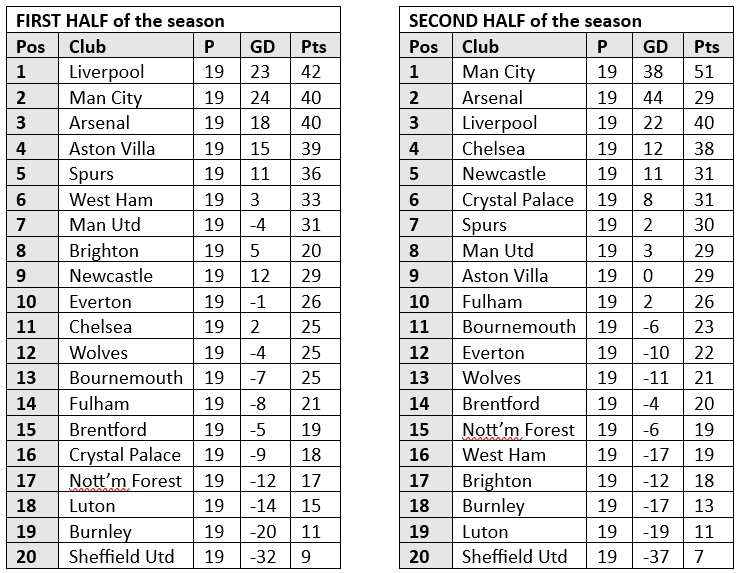
The striker conundrum
There were always lingering doubts about how The Whites would perform after Saudi Arabia nicked our star striker. Our striking options were a recurring issue throughout the season as our options have big boots to fill. After all, our Serbian talisman scored 111 goals in 206 appearances. Marco stated that Rodrigo Muniz was planned to be the first-choice striker from the beginning, however, this was not the case as he suffered a knee injury in pre-season, leaving us with Raul Jimenez and Carlos Vinicius.
Goals did not fly in the same fashion as they did the season prior. We scored just nine goals in our first 10 games in comparison to 16 at the same point the previous season. Muniz had recovered yet Silva still started Raul, perhaps trusting he would find his feet. As Jimenez started most of the games, he had unfair expectations despite only coming in as a backup to Mitro. The problem was that we were trying to play the same style of football as we did with Mitro when we had a different style striker. Jimenez only found the back of the net after 11 games – against Aston Villa – but was still favoured over Vini who got on the scoresheet seven games earlier, against Luton. From this point he seems to have built up a bit of confidence, with improved hold-up play and more composure.
Muniz didn’t get too much game time (57 minutes before his first start), coming on periodically, but providing a lot of energy to the team. Vinicius was only really treated as a sub and, even though he had a better goals/90 minutes ratio of 0.6 compared to Raul’s 0.37, he was still shipped off to Galatasaray as Muniz was putting in positive performances and Jimenez was excelling. While Vini was neglected, Jimenez’s form improved as he scored four goals in four games including one against our first big six scalp – Arsenal. It took Raul getting a red card against Newcastle and a hamstring injury for Muniz to get a start. On Rodrigo’s third start, he managed his first ever Premier League goal against Burnley and no one could have predicted his form after this. A starboy had emerged and Fulham had finally found some consistency up front as the Brazilian scored eight goals in eight games, earning the March Player of the Month award. Only two Fulham players managed this previously.
Our persistent striker problem was solved late on in the season. The reason why Muniz found more success was because he had more similar attributes to Mitrovic, such as strength and aerial presence. Fulham’s improved creativity and adaptation without the Serbian was a key reason as to why we achieved much higher in the latter stages of the season.
Defensive tweaks
We had issues at the other end of the pitch too. Injuries and international breaks disrupted our defensive stability, leading to no fewer than 11 different centre-back pairings. Tim Ream and Calvin Bassey were arguably our strongest defenders, however, with them both being left-footed, it meant they didn’t pair well together. Many will remember the Spurs away game where Bassey’s errors led to both goals conceded caused by him trying to clear it on his right foot as he was playing on the right-hand side. This partnership lacked chemistry but nothing else could be done as Tosin was injured for the majority of the start and Issa Diop ended up injured too.
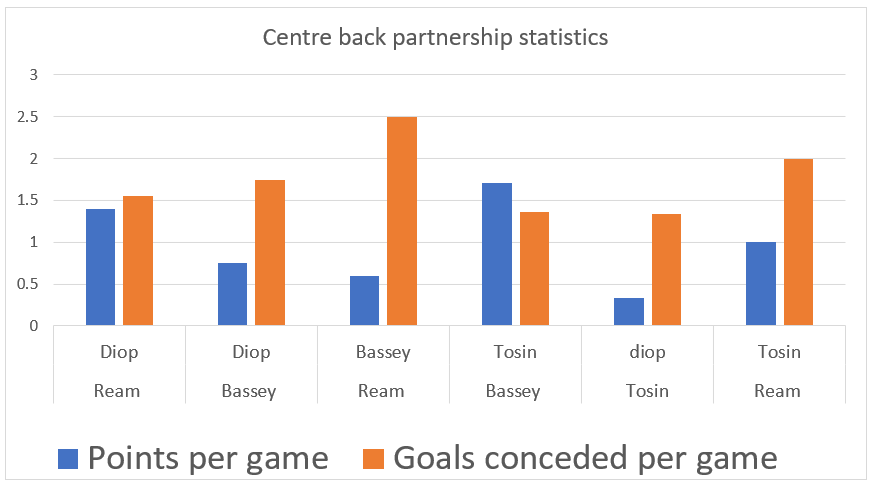
These graphs clearly show how this partnership was not sustainable by having the second worst points per game (0.6) and the worst goals conceded per game (2.5). In fairness, they did face tough opponents such as Villa, Spurs and United, but so did Bassey and Tosin – our best partnership. With Bassey being so composed and Diop becoming unreliable, Bassey and Tosin were the optimal choice. In each of our victories over three of the big six, these were the impermeable centre-backs. Their points per game record is undeniably the best and they also earned 51% of points in the whole season while only having played 37% of the season as a pair. Some 75% of these points were earned in the second period of the season. Before facing City at home, Fulham had conceded the third least number of goals in 2024. This clearly shows how much of a crucial role they played defensively and how key sorting out our back line was to our success in the latter stages of the season.
Extra-curricular distractions
Fulham’s historic run to the Carabao Cup semi-final, the first in club history, likely affected our early Premier League form as Silva treated each cup game with equal importance. The intense focus on these cup matches led to at least one subsequent league loss, as seen after our nailbiting penalty shootout victory over Everton where we dropped points to Burnley and Bournemouth in the following games. Once we were out of both the Carabao and FA cup, the Premier League was all that was left to focus on explaining why we saw more success towards the end of the season.
Marco Silva’s strategic acumen was crucial to our turnaround. Despite receiving a lucrative offer from Saudi Arabia, his commitment to Fulham was evident and this season proved why he is so essential. Some might say he is a genius. He has brought out the best in all our players as he so often does. We saw the rise of Sasa Lukic as he gained confidence after his first goal against Spurs, and most notably the emergence of Muniz. It’s not just individuals; he influenced the team as a whole too. Silva is the mastermind behind sorting this out through solving our striking issues, our back line, and the development of players throughout the season. Through the combination of all these factors, it is no surprise as to why we performed much higher in the second half of the season.
